- Luật
- Hỏi đáp
- Văn bản pháp luật
- Luật Giao Thông Đường Bộ
- Luật Hôn Nhân gia đình
- Luật Hành Chính,khiếu nại tố cáo
- Luật xây dựng
- Luật đất đai,bất động sản
- Luật lao động
- Luật kinh doanh đầu tư
- Luật thương mại
- Luật thuế
- Luật thi hành án
- Luật tố tụng dân sự
- Luật dân sự
- Luật thừa kế
- Luật hình sự
- Văn bản toà án Nghị quyết,án lệ
- Luật chứng khoán
- Video
- NGHIÊN CỨU PHÁP LUẬT
- ĐẦU TƯ CHỨNG KHOÁN
- BIẾN ĐỔI KHÍ HẬU
- Bình luận khoa học hình sự
- Dịch vụ pháp lý
- Tin tức và sự kiện
- Thư giãn

TIN TỨC
fanpage
Thống kê truy cập
- Online: 223
- Hôm nay: 198
- Tháng: 1621
- Tổng truy cập: 5245625
Solar power is now lowest cost electricity ever seen
Solar power is now consistently cheaper than new coal- or gas-fired power plants in most countries, and solar projects now offer some of the lowest cost electricity ever seen, according to the latest report from the International Energy Agency (IEA).
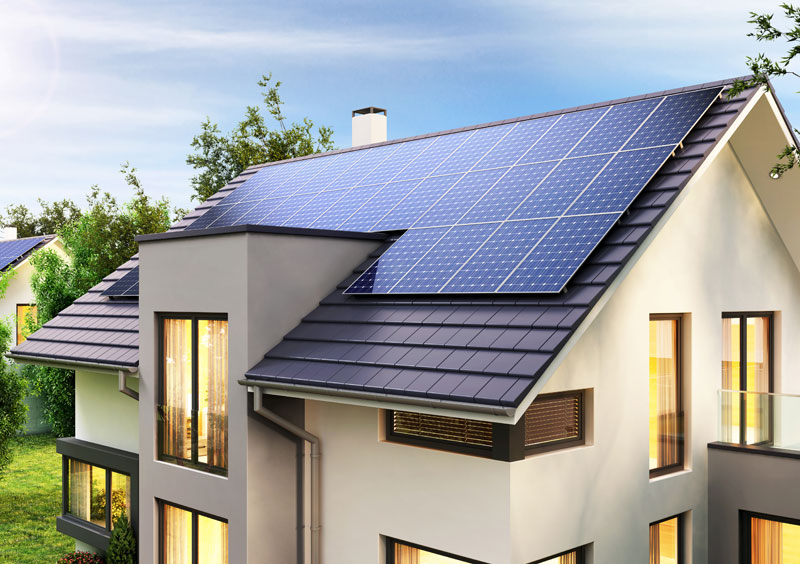
It has been a tumultuous year for the world's energy systems. The COVID-19 pandemic has caused more disruption than any other event in recent history – leaving scars that will last for many years to come. Some have argued that this upheaval could actually help to accelerate clean energy transitions and reach international climate goals; others believe that the crisis is so serious, it could hinder such efforts. Ultimately, the outcome will depend on how governments respond to today's challenges.
The International Energy Agency (IEA) has this week released its flagship publication – World Energy Outlook 2020 – which focuses on the pivotal period of the next 10 years, exploring different pathways out of the crisis. The new report shows the pandemic's immediate impact: global energy demand is set to drop by 5% in 2020, energy-related CO2 emissions by 7%, and energy investment by 18%.
Four different pathways are presented in the World Energy Outlook (WEO). These future scenarios are as follows:
• The Stated Policies Scenario (STEPS), in which COVID-19 is brought under control in 2021 and the global economy returns to pre-crisis levels the same year. This scenario reflects all of today's announced policy intentions and targets, insofar as they are backed up by detailed measures for their realisation.
• The Delayed Recovery Scenario (DRS) is designed with the same policy assumptions as in the STEPS, but a prolonged pandemic causes lasting damage to economic prospects. The global economy returns to its pre-crisis size only in 2023, and the pandemic ushers in a decade with the lowest rate of energy demand growth since the 1930s.
• In the Sustainable Development Scenario (SDS), a surge in clean energy policies and investment puts the energy system on track to achieve sustainable energy objectives in full, including the Paris Agreement, energy access and air quality goals. The assumptions on public health and the economy are the same as in the STEPS.
• The new Net Zero Emissions by 2050 case (NZE2050) extends the SDS analysis. A rising number of countries and companies are targeting net-zero emissions, typically by mid-century. All of these are achieved in the SDS, putting global emissions on track for net zero by 2070. The NZE2050 includes the first detailed IEA modelling of what would be needed in the next 10 years to put global CO2 emissions on track for net zero by 2050.
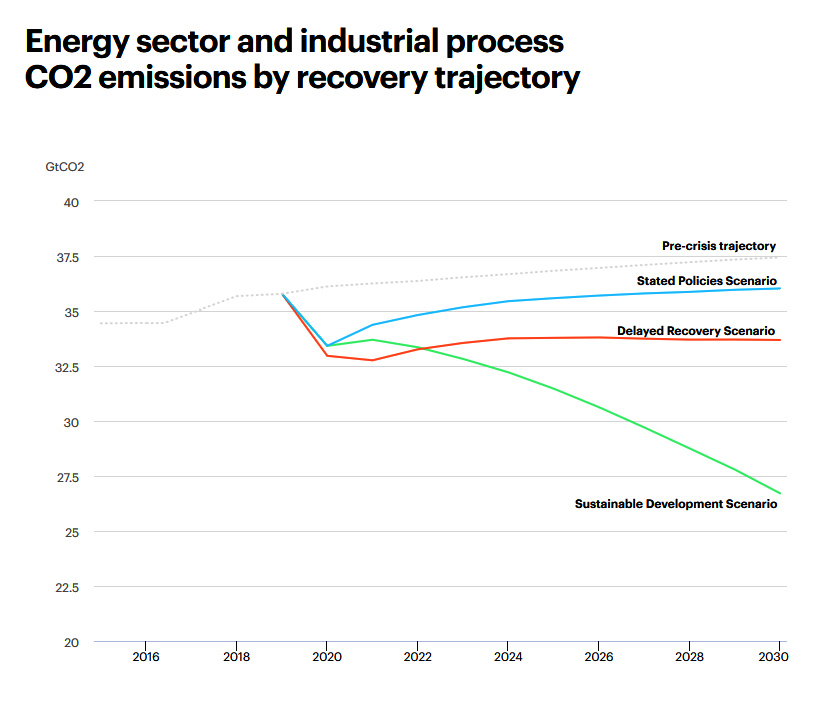
In all scenarios described above, renewables play a major role – solar power in particular. Supportive policies and maturing technologies are enabling very cheap access to capital in leading markets. Solar PV is now consistently cheaper than new coal- or gas-fired power plants in most countries, and the IEA reports that solar projects now offer "some of the lowest cost electricity ever seen".
The IEA has been criticised in the past for being overly cautious with solar power and has worked to improve its latest projections. Even under the most conservative estimate – the Stated Policies Scenario – 80% of new electricity demand growth over the next decade is expected to come from renewables, according to the agency. Hydropower will remain the largest renewable source – but in terms of growth, solar will be the leading segment, followed by onshore and offshore wind.
"I see solar becoming the new king of the world's electricity markets," said Dr Fatih Birol, IEA Executive Director, commenting on the report. "Based on today's policy settings, it is on track to set new records for deployment every year after 2022. If governments and investors step up their clean energy efforts in line with our Sustainable Development Scenario, the growth of both solar and wind would be even more spectacular – and hugely encouraging for overcoming the world's climate challenge."
Not only is solar becoming cheaper, its efficiency keeps improving year after year. As shown on this graph by the U.S. Department of Energy, the highest confirmed efficiencies being achieved in a laboratory setting are now at 47% and appear likely to reach the 50% milestone by the mid-2020s. Wind power is undergoing similar rapid improvements, with larger and larger turbines, some now reaching the height of skyscrapers.
However, the IEA emphasises that strong growth of renewables needs to be paired with robust investment in electricity grids. Without this investment, grids will prove to be a weak link in the transformation of the power sector, with implications for the reliability and security of electricity supply.
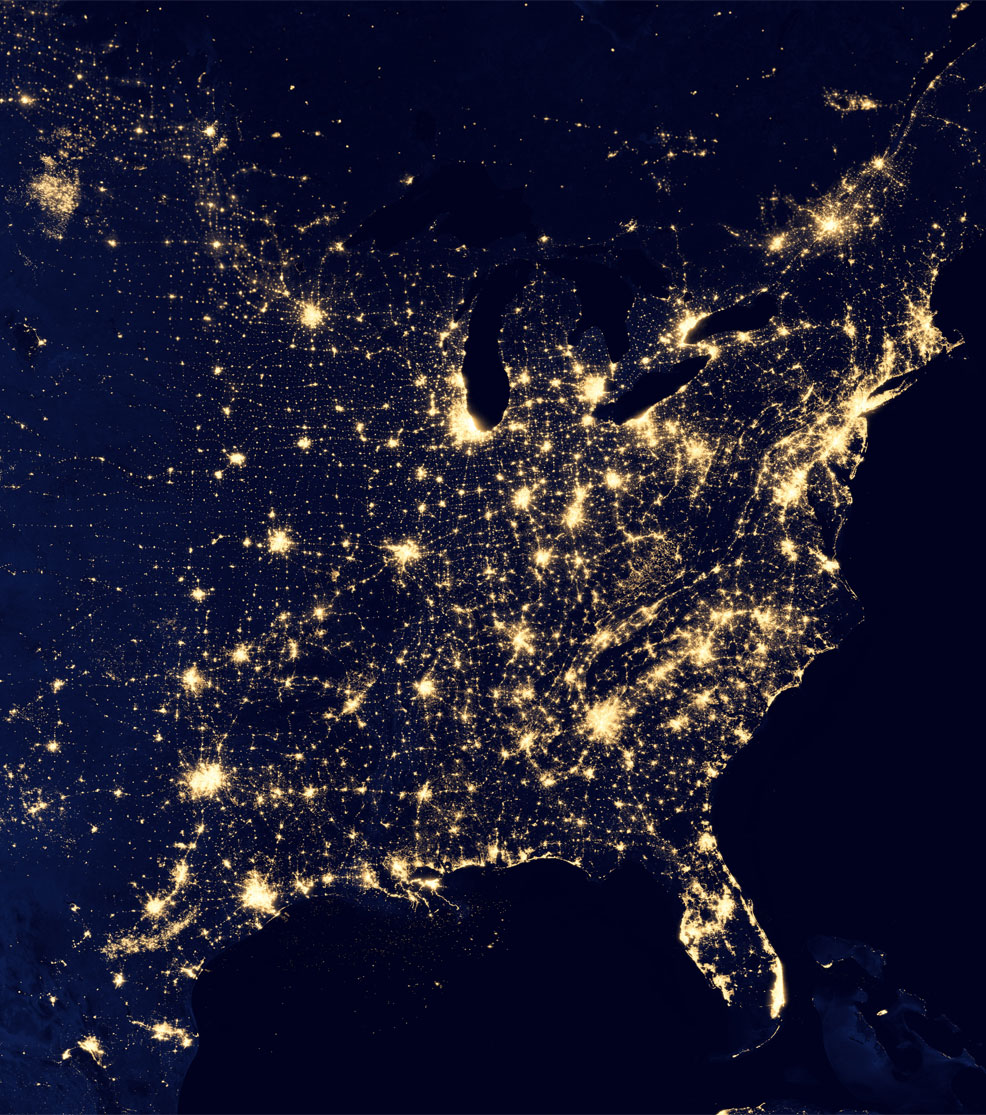
Night lights of the USA viewed from space. Credit: Credit: NASA Earth Observatory/NOAA NGDC
Fossil fuels face varying challenges. In the Stated Policies Scenario, coal demand does not return to pre-crisis levels, with its share in the 2040 energy mix falling below 20% for the first time since the Industrial Revolution. Oil, meanwhile, is vulnerable to major economic uncertainties resulting from the pandemic. However, natural gas demand is expected to grow significantly, mainly in Asia.
"The era of global oil demand growth will come to an end in the next decade," Dr Birol predicts. "But without a large shift in government policies, there is no sign of a rapid decline. Based on today's policy settings, a global economic rebound would soon push oil demand back to pre-crisis levels."
Carbon emissions from energy and industry are set to bounce back more slowly than after the financial crisis of 2008-2009, but the world is still a long way from a sustainable recovery. A step-change in clean energy investment offers a way to grow economies, and create new jobs, while reducing emissions. This approach has not yet featured prominently in national plans proposed to date – except in Canada, the European Union, New Zealand, UK, and a handful of other countries.
The Sustainable Development Scenario (SDS), as seen on the graph earlier, would put the world on track to achieving sustainable energy objectives in full and move the global economy onto a different post-crisis path. As well as rapid growth of solar, wind and energy efficiency technologies, the next 10 years would see a major scaling up of carbon capture, utilisation and storage (CCUS), as well as hydrogen, and a new momentum behind nuclear power.
"Despite a record drop in global emissions this year, the world is far from doing enough to put them into decisive decline," said Dr Birol. "The economic downturn has temporarily suppressed emissions, but low economic growth is not a low-emissions strategy – it is a strategy that would only serve to further impoverish the world's most vulnerable populations. Only faster structural changes to the way we produce and consume energy can break the emissions trend for good. Governments have the capacity and the responsibility to take decisive actions to accelerate clean energy transitions and put the world on a path to reaching our climate goals, including net-zero emissions."
Under the SDS, a significant part of those efforts would have to focus on reducing emissions from existing energy infrastructure – such as coal plants, steel mills and cement factories. Otherwise, international climate goals will be pushed out of reach, regardless of actions in other areas. Detailed new analysis in the report – illustrated in the graph below – shows that if all of today's current and under construction energy infrastructure continued to operate in the same way as it has done so far, until its decommissioning date, it would already lock in a global temperature rise of 1.65°C.
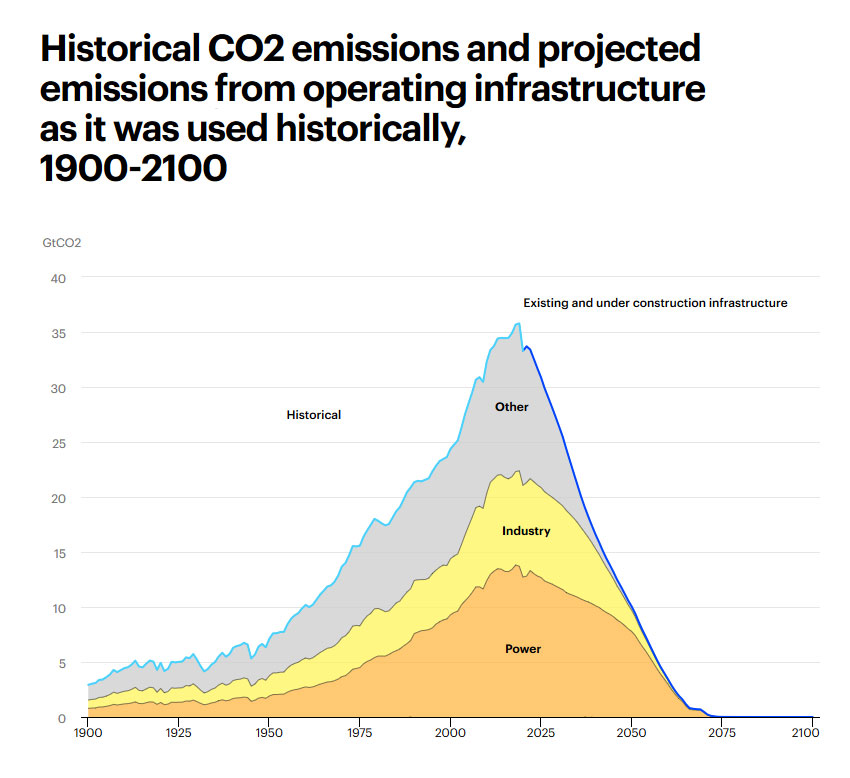
Despite such challenges, the vision of a net-zero emissions world is increasingly coming into focus. The ambitious pathway mapped out in the SDS relies on nations and companies hitting their announced net-zero emissions targets on time and in full, bringing the entire world to net zero by 2070. Reaching that point two decades earlier, as in the fourth and final scenario – Net Zero Emissions by 2050 – would require major additional actions over the next 10 years, but is technically possible. Electricity generation from low-carbon sources would need to increase from 40% in 2020 to 75% by 2030, for example, while the percentage of electric cars sold globally would need to increase from 2.5% today to more than 50% by 2030.
These numbers may sound dramatic, but we live in a rapidly changing world. New technologies can appear on the scene and disrupt traditional industries with startling speed. With ongoing declines in the cost of solar and other clean tech – alongside general improvements in efficiency – the 2050 scenario imagined by the IEA just might turn out to be possible.
"At a moment when COVID-19 has created extraordinary uncertainty, governments have unique capacities to act and to guide the actions of others," the IEA concludes in its report highlights. "They can lead the way by providing the strategic vision, the spur to innovation, incentives for consumers, the policy signals and the public finance that catalyses action by private actors, and the support for communities where livelihoods are affected by rapid change. They have the responsibility to avoid unintended consequences for the reliability or affordability of supply. Our secure and sustainable energy future is a choice – for consumers, investors and industries, but most of all, for governments."
By TheFutureTimeLine
Các bài viết khác
- Từ sự kiện Tổng biên tập báo TIME Greta Thunberg là Nhân vật của năm 2019 đến báo cáo Biến đổi khí hậu Phúc trình của IPCC báo động đỏ cho nhân loại 82021 (15.01.2020)
- Robot đe dọa 800 triệu việc làm trên thế giới (27.10.2020)
- Một Đông Du mới (27.10.2020)
- 5 dự án có vốn đầu tư Nhật Bản đang triển khai xây dựng tại TP.HCM (27.10.2020)
- Kinh doanh ẩm thực ồ ạt trả mặt bằng (27.10.2020)





















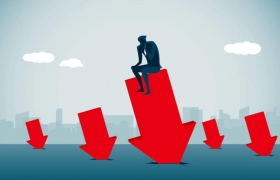

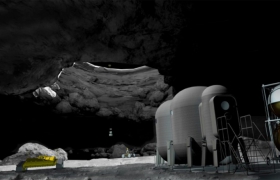
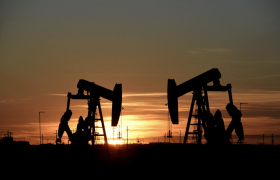
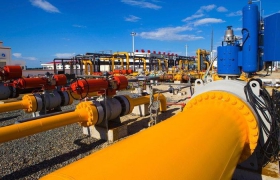



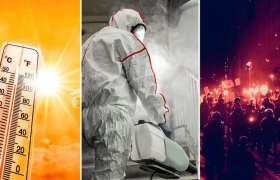




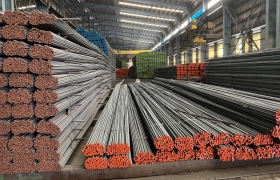















 Yahoo:
Yahoo: 